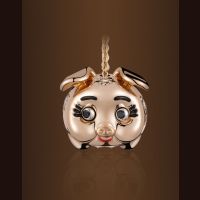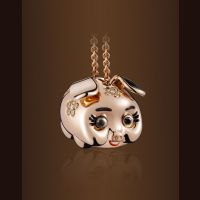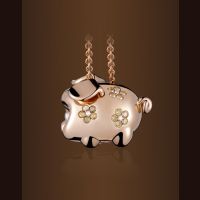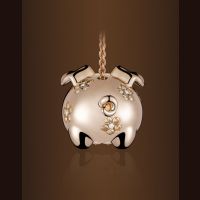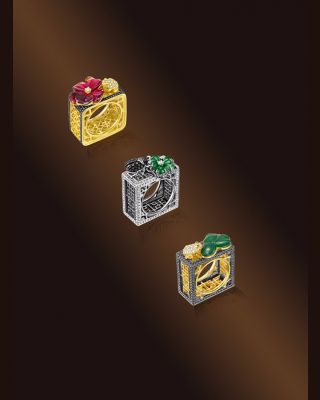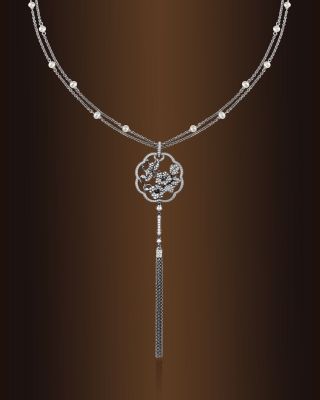JIA, PIGGY BANK
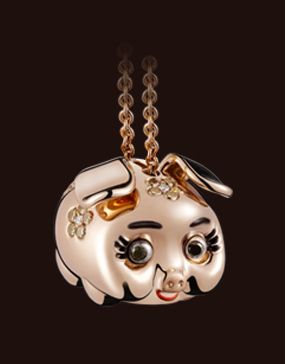
In ancient China, home and pigs are two inseparable concepts. According to Showmen Jiezi《說文解字》, the first book to analyze the structure of the Chinese characters in Han Dynasty, “宀”means home” and “豕”means pigs”. The two combine to form“家”, which means “Home”. Pigs are actually the first animal Chinese people have risen. Ancient Chinese homes were designed in two levels, with the upper one for people and the lower one for pigs to live in. Therefore, wherever ever there are pigs, there are people, and in turn, a “home” (家).
Both Chinese and Western cultures adopted “pigs” as the image of the piggy bank. Europeans used to make a container for saving up with a kind of orange clay called pygg. Due to its homophonic character with the word “pig”, it later evolved to become Piggy Bank we know today. In China, the image of a plump pig symbolizes “wealth” and “happiness”. Its round tummy also gives the meaning of one’s rich savings. Children usually save up their pocket money in the piggy bank until the New Year, when they can break it and spend the money. Eventually, the piggy bank has become the container to save up their fond memories.
The latest Piggy Bank Collection of Life of Circle is a new interpretation of the traditional concepts of “pig” and “home”. It is also the first collection which is made by French craftsmen. The inspiration of the word “home” will be carried on with other family members coming up. The first object is the pendant of the piggy mum and the piggy daughter. Streamlined with 18K white gold and rose gold, the pendant is highlighted by the flower made up of high purity E and F grade white diamonds to bring out the elegance of the female piggy bank.

